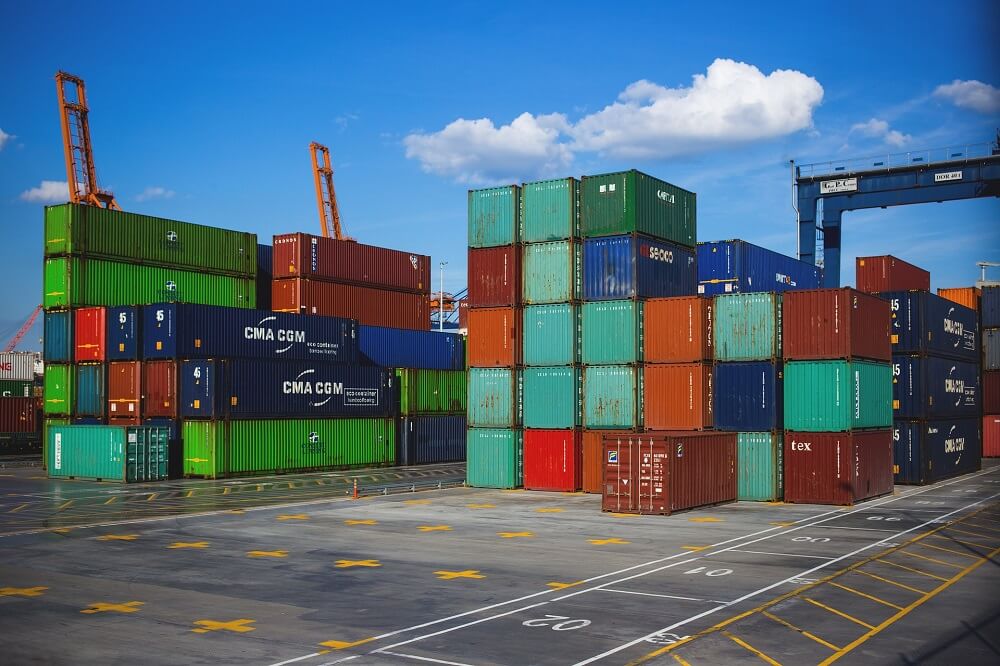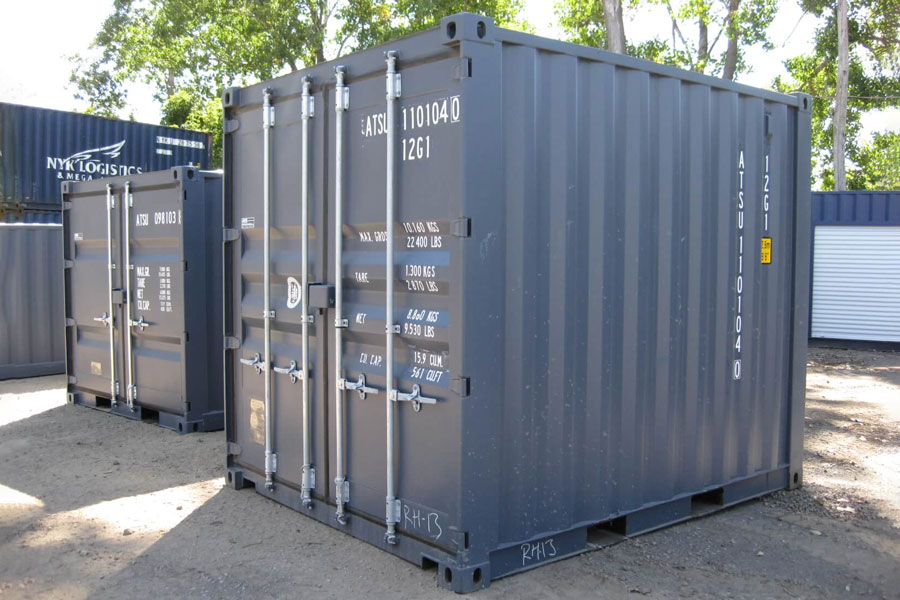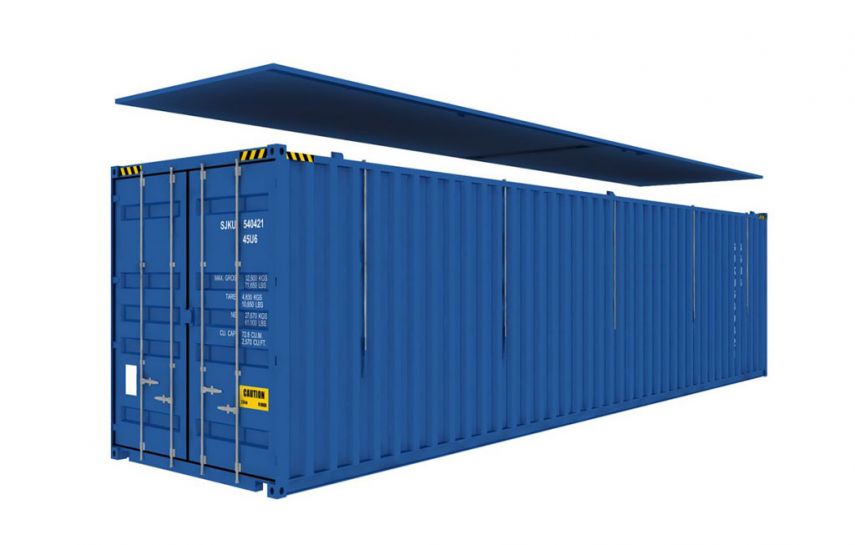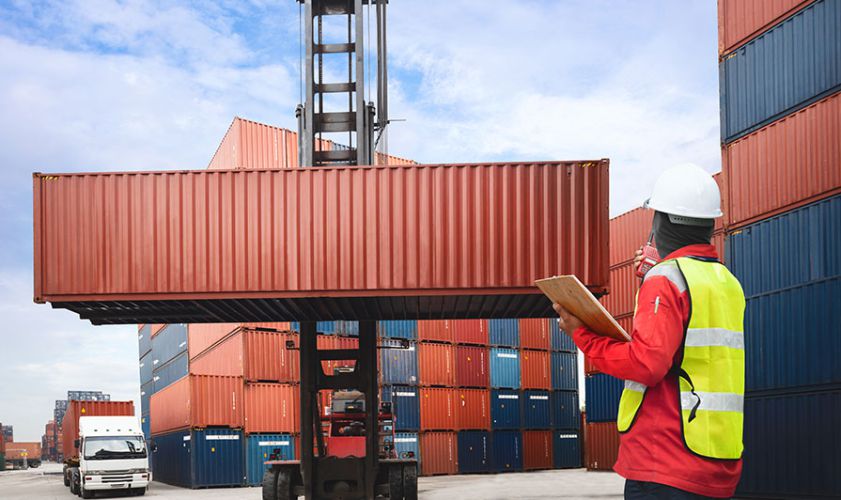WHAT ARE SHIPPING CONTAINERS?
Shipping containers are standardized, rectangular metal boxes or containers designed for the transportation of goods across various modes of transportation, including ships, trucks, and trains. They are a fundamental component of modern global trade and logistics. These containers are also known as cargo containers, freight containers, conex or ISO containers.
HISTORICAL BACKGROUND OF SHIPPING CONTAINERS
In summary, the historical development of shipping containers, driven by innovators like Malcom McLean and the establishment of ISO standards of shipping container sizes, revolutionized the world of transportation and logistics. Containerization dramatically improved the efficiency and cost-effectiveness of cargo handling, played a crucial role in the globalization of trade, and continues to be a fundamental element of the modern global economy.
Types And Sizes Of Shipping Containers
Start by determining the required size of your container depending on the size of cargo or space needed for container conversion. The two most common sizes for standard containers are 20ft and 40ft, and suppliers like Container Sales Group also offer 40ft. High Cube and 45ft. High Cube containers if you need extra vertical space.
If you have particularly fragile or oversized cargo loads, you may want to explore options beyond the standard containers. Some of the most common specialized container types include:
- Open Top Containers replace a typical solid roof with a tarp. This still keeps freight protected and dry but provides extra flexibility for top-loading and transporting oversized or abnormally shaped cargo such as timber.
- Open Side Containers – also called “full access containers – allow quick and easy access to cargo through the larger opening. This makes them fantastic for long-term storage where you may not want to dig through every item to get to something in the back. They are also great for restaurant or bar conversions.
- Double Door Containers ( tunnel containers) feature doors that open on each end of the container, providing extra flexibility for loading and unloading cargo. They also provide ability to partition the space to transport two different types of freight in one container.
- Flat Rack Containers have only two short sides and no top, offering ultimate versatility for transporting items of all shapes and sizes. These shipping containers also make it easier to load and unload cargo.
Container suppliers like Container Sales Group also offer custom storage containers to fit your specific needs. Contact Us.
Ready to purchase a shipping container?
Reach out today to get a quote from the best in the industry!
Uses of Shipping Containers
Shipping containers have a wide range of uses beyond their primary role in transporting goods. Their versatility, durability, and modular design make them valuable for various purposes. Here are some common and innovative uses for NEW & USED shipping containers:
- Storage Units – Shipping containers are often repurposed as on-site storage units for both personal and commercial use. They are weather-resistant and secure, making them ideal for storing equipment, tools, furniture, or inventory.
- Temporary Shelters and Housing – Shipping containers can be converted into temporary shelters for disaster relief or emergency housing. They are portable & quickly deployable and offer a secure and weatherproof solution.
- Offices and Workspaces – Containers can be transformed into offices, job site trailers, or remote workspaces. They can be customized with insulation, electricity, HVAC systems, and windows to create comfortable working environments.
- Pop-Up Shops and Cafes -Entrepreneurs often use shipping containers to create pop-up shops, cafes, or food stalls. Their portable nature and eye-catching designs make them an attractive choice for temporary retail spaces.
- Art Galleries and Studios – Shipping containers can serve as mobile art galleries and studios for artists. They provide a unique and customizable space for exhibitions and creative work.
- Restaurants and Bars -Container restaurants and bars are becoming popular in urban areas. They offer an industrial and trendy aesthetic and can be customized to fit the desired theme.
- Classrooms and Educational Spaces – Containers can be converted into portable classrooms and educational facilities, especially in areas with limited access to traditional school buildings.
- Medical Clinics and Health Centers – In remote or underserved areas, shipping containers can be transformed into medical clinics or health centers to provide essential healthcare services.
- Farm and Agricultural Storage – Containers are used for storing farming equipment, tools, and harvested crops. They can also be modified into hydroponic or vertical farming units.
- Sports Facilities -Containers can be used to create portable sports facilities like changing rooms, ticket booths, and equipment storage for outdoor events and sports activities.
- Laboratories – Shipping containers can serve as mobile laboratories for research and scientific experiments, particularly in remote or field research settings.
- Retail Displays and Exhibitions – Containers are used for displaying products at trade shows, exhibitions, and outdoor events. They provide a secure and visually appealing platform for showcasing merchandise.
- Entertainment and Recreation – Shipping containers have been used to create unique entertainment spaces, such as mobile cinemas, gaming arcades, and music venues.
- Urban Development and Housing – Innovative architects and developers have used shipping containers to create affordable and sustainable housing solutions, including multi-story container homes and apartment complexes.
These are just a few examples of the many creative and practical uses for shipping containers. Their adaptability and mobility make them a versatile choice for a wide range of applications, from basic storage to complex construction projects.





